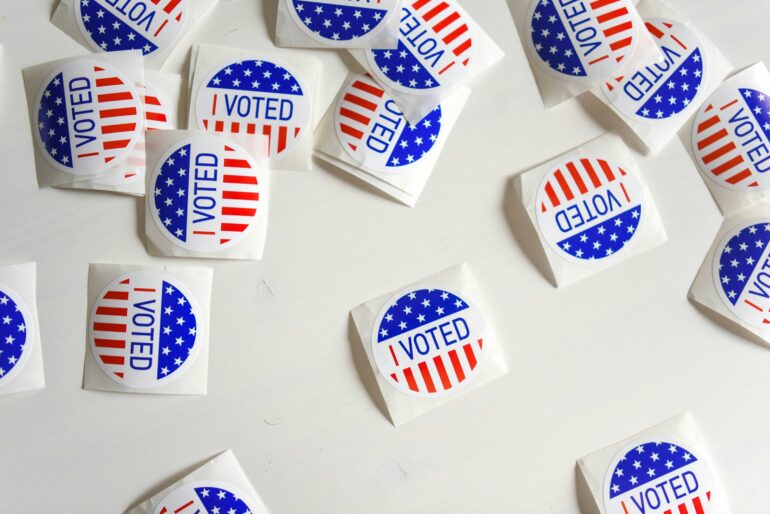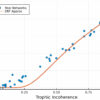New simulations provide mathematical support for the theory that the spread of political ideas across international borders may have a big impact on election outcomes, and that small actions boosting a minority idea can gradually lead to global-scale political change. Jose Segovia-Martin and Óscar Rivero present these findings in the open-access journal PLOS ONE on May 29.
People in many regions around the world are increasingly exposed to international information—such as news and opinions shared via social media—allowing for the possibility of cross-border political influence. However, most prior research on political competition within a given country has focused mainly on the influence of the dynamics of political ideologies within the country’s own borders.
To help clarify the dynamics of international political influence, Segovia-Martin and Rivero developed a computational model that approximates the cross-border spread of political ideologies and its impact on a country. Their approach employs non-linear mathematical equations and the Runge-Kutta method, a technique for solving equations that is commonly applied in numerical simulations.
In the simulations, a small boost in the recruitment capacity of a party was able to trigger a “butterfly effect” that eventually cascaded into a global-scale shift in political ideology. This highlights the potential power of cross-border information to significantly impact a country’s politics.
The researchers also tested their model using US election data from 1932 to 2020, finding it to be fairly—though not always—accurate in simulating actual voting patterns. Then, they used the model to make predictions about US voting patterns for 2020 to 2100.
They found that cross-border influence was a major factor shaping simulated election outcomes, and that a boost in foreign support for one party’s ideas could alter simulated future election outcomes. Additionally, the simulations showed a trend of increased voter turnout through the end of the century.
The authors note that their model somewhat simplifies what is, in reality, a very complex situation, and it may not be straightforward to apply the model to non-US countries. Nonetheless, they say, it could serve as a valuable starting point to gain deeper mathematical insights into voting behavior.
The authors add, “Political processes that capture complex ideological contagion are often measured in the context of national elections. However, in an increasingly connected world, borders do not prevent political factions from aligning internationally and exerting cross-border influence. Can a subtle political flutter produce a shift in the entire global political equilibrium?
“Our model explains not only how this is possible, but also shows how, in a world of increasing connectivity and politicization, cross-border political influence is a growing determinant of national political equilibrium. Moreover, infinitesimally small changes in minority forces can be behind global political change. If majorities were all-powerful, there would never be political change.”
More information:
Cross-border political competition, PLoS ONE (2024). DOI: 10.1371/journal.pone.0297731
Provided by
Public Library of Science
Citation:
Simulations suggest ideas that cross international borders may have powerful ‘butterfly effect’ on elections (2024, May 29)



